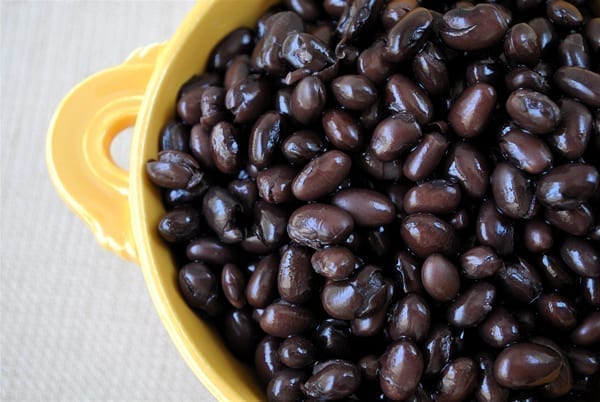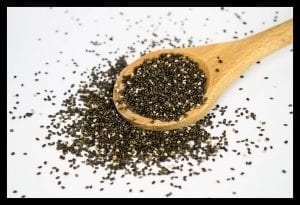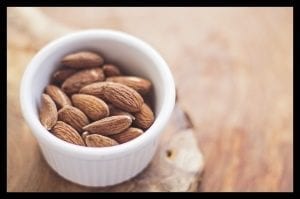It’s no secret many Americans are in love with meat. Burgers, BBQ, steaks, and tacos make up a massive portion of restaurant menus and home-cooked meals.
People justify their large meat consumption with their need for protein. That’s legitimate. Your body requires protein. But meat isn’t necessarily the healthiest source of it. Studies show eating plants for protein is better.
Healthy Reasons to Move Away From Meat
In one study, animal protein intake, especially red meat, was associated with a higher incidence of heart disease, while plant protein was associated with a healthy heart. Doctors have long recommended a healthy lifestyle, including eating mostly plants, in order to prevent illness. The best way to keep your medical costs down is to not get sick!
Meat has more saturated fats than plants. Saturated fats clog up arteries and contribute to cardiovascular disease by increasing your cholesterol levels. Studies have also found grilled meats and processed, red meats to contain carcinogens that could potentially contribute to cancer risk. The easiest, doctor recommended way to avoid and even reverse the unhealthy effects of animal protein is simple: eat more plants.
Meat entirely lacks something imperative for your diet: fiber. Fiber aids in digestion, helps you absorb nutrients, and lowers your risk for heart problems.

Black beans have about the same amount of protein as they do fiber: 7.5 grams each for a 1/2 cup serving.
Plant-based proteins have fiber. If you eat a variety of nuts, beans, and seeds, you not only increase your fiber intake, but you can get the same spectrum of nutrients you get from meat (except vitamin B12, which can be supplemented easily). With more nutrients packed into fewer calories, plant-based proteins also prove to be a lighter choice.
Find Your Plant-Based Protein Here
Even our government espouses plant-based protein. The 2015-2020 Dietary Guidelines for Americans encourages a “shift to increase variety in protein foods choices and to make more nutrient-dense choices.” It suggests “using legumes or nuts and seeds in mixed dishes instead of some meat or poultry.”
You can even mix plant-based protein powders—such as pea protein or rice protein— into shakes, water, and smoothies, or bake them into your favorite breads and pastries.
The bars we produce at BumbleBar are crammed with protein-rich nuts and seeds. Our sesame seed, flax, and nut-filled BumbleBars give you about 5 grams of protein each.
Here’s where you’ll find some other excellent sources of plant-based protein:
Legumes
A 1/2 cup of cooked legumes packs protein into
soups, curries, salads, you name it.
Lentils: 9 grams of protein
Chickpeas: 7 grams of protein
Black beans: 7.5 grams of protein
Edamame: 9 grams of protein
Quinoa
It’s technically a seed, but eaten like a grain.
You get 4 grams of protein in a 1/2 cup of cooked quinoa.
Seeds
They’re easy to mix into granola, top a salad with, or blend into a smoothie.
Chia: 4 grams of protein in 2 tablespoons
Hemp: 9 grams of protein in 3 tablespoons
Sunflower: 7 grams of protein in a 1/4 cup
Sesame: 6 grams of protein in a 1/4 cup
Nuts
Grab a 1/4 cup of nuts for some of the best snacking.
Almonds: 7.5 grams of protein
Cashews: 5 grams of protein
Vegetables
Don’t forget protein comes in these, too!
Broccoli: 4 grams of protein in a single,
medium stalk
Spinach: 3 grams of protein in a 1/2 cup cooked
Are You Getting Enough Protein?
Everyone is different. Depending on if you’re a child, teen, adult, man, woman, pregnant, breastfeeding, athlete, or office worker, your protein needs vary. At least 10% of your daily calories should come from protein, but no more than 35%.
To get an estimate of how much protein you need, as well as other nutrients, use this handy calculator. You can also use the USDA databases to look up the protein and nutrient content of many common foods.
